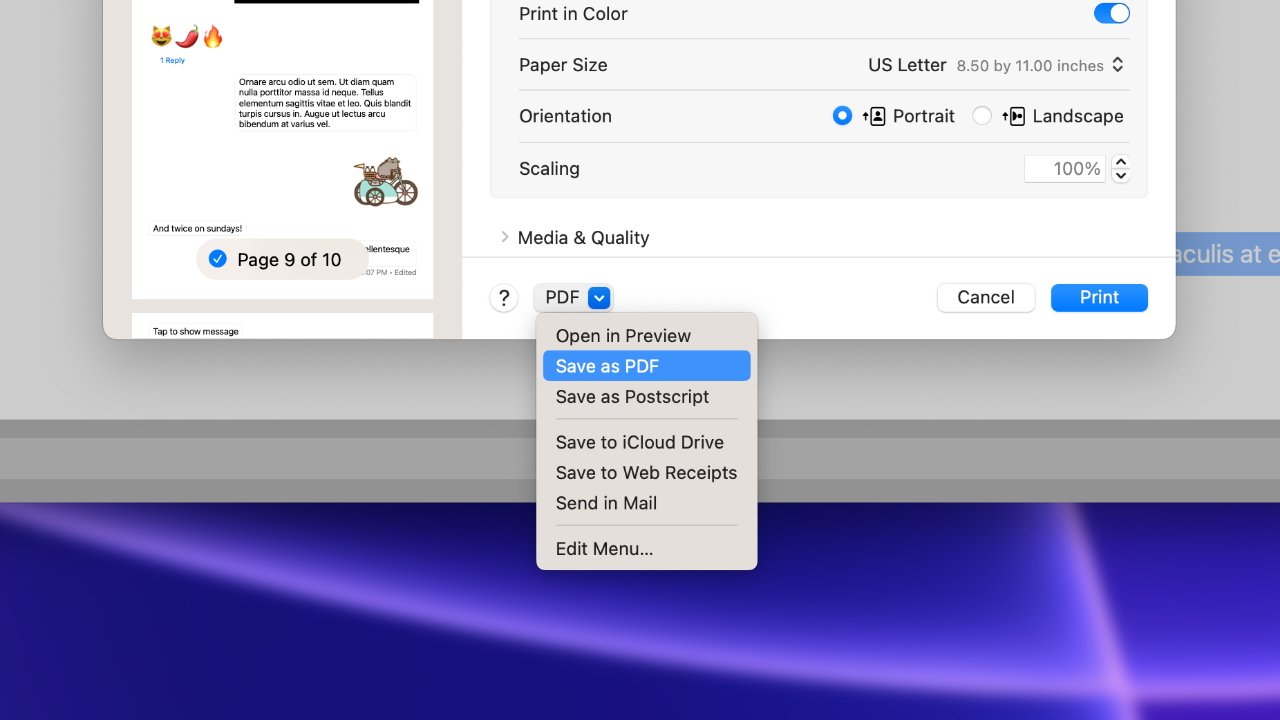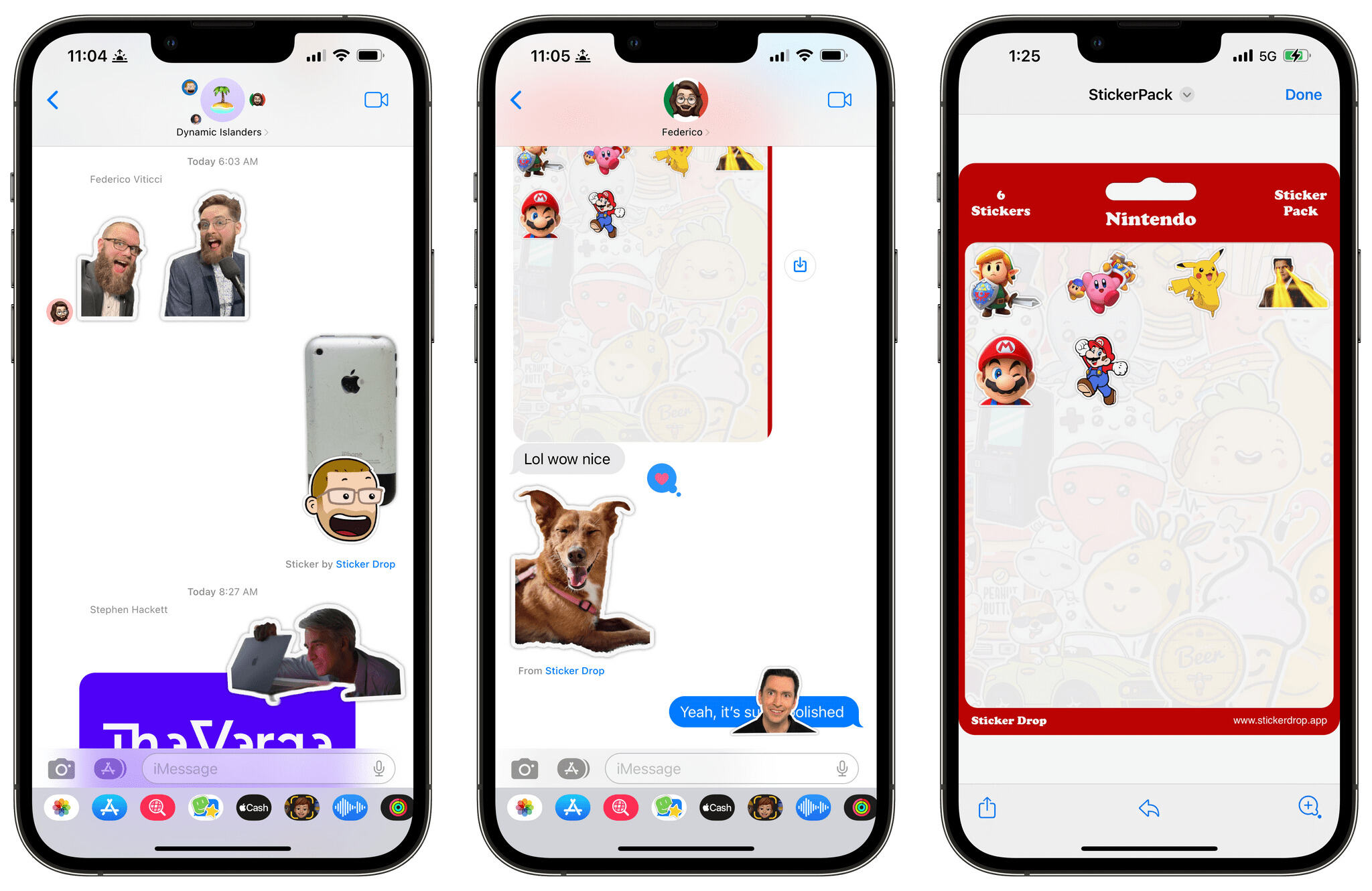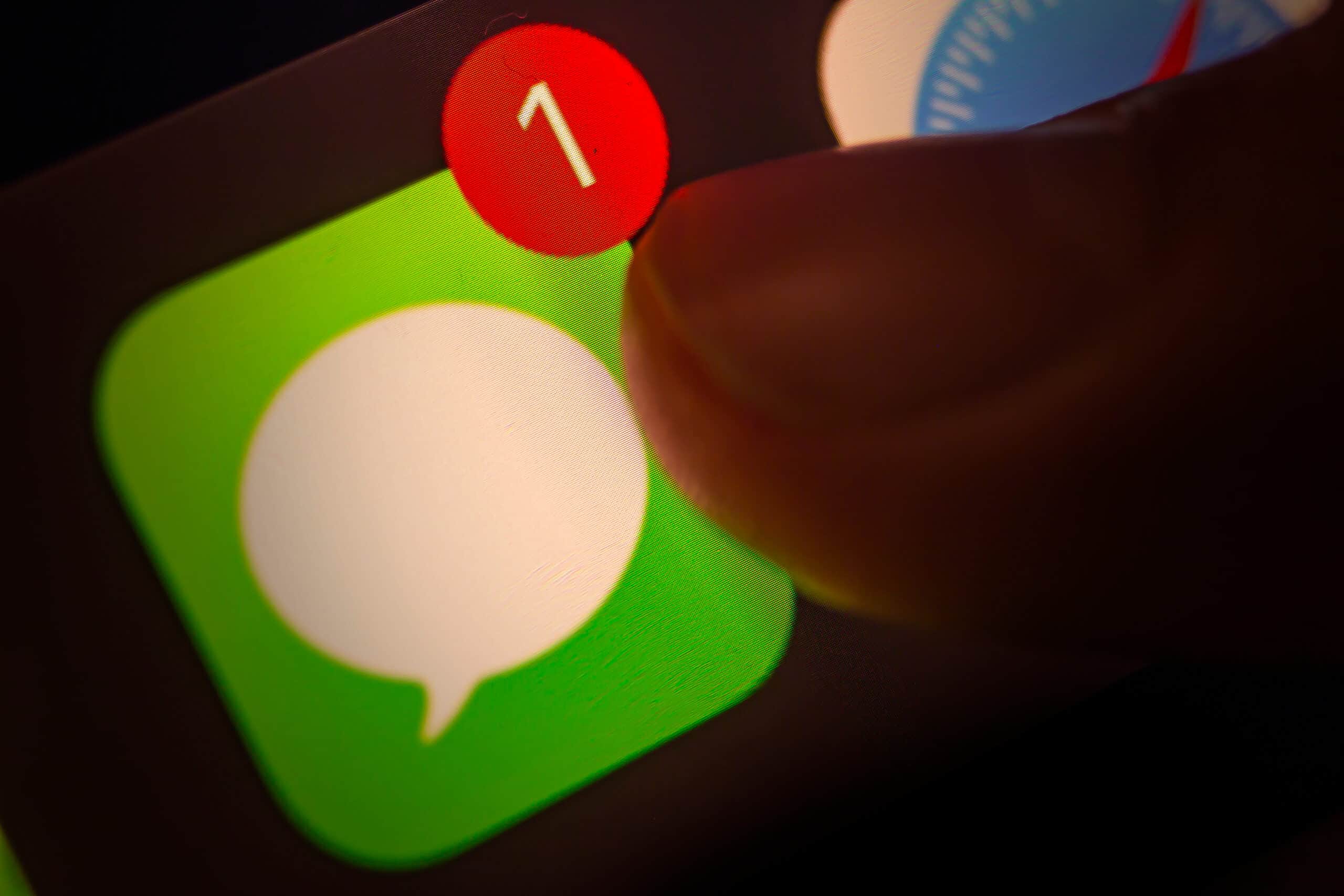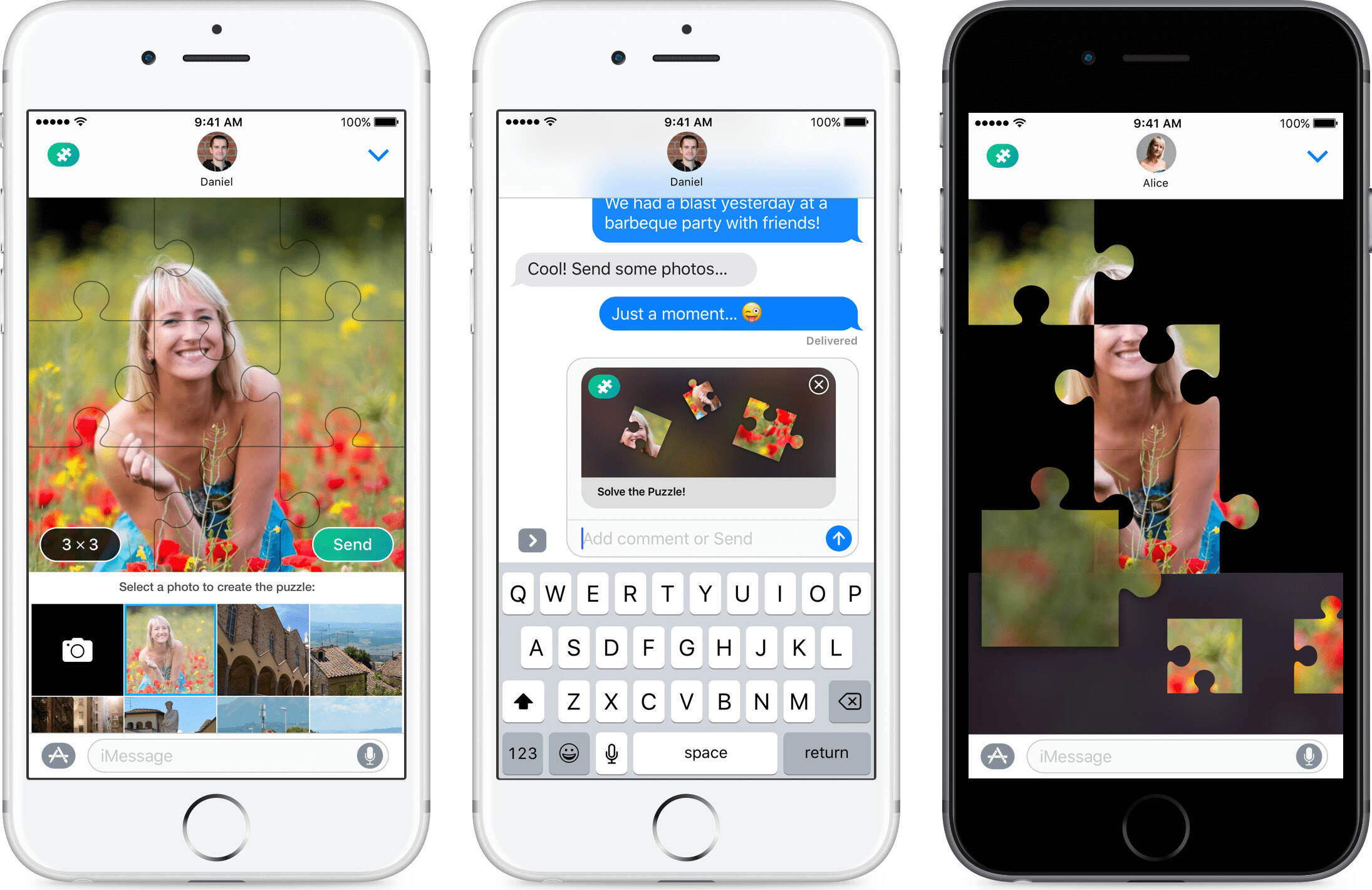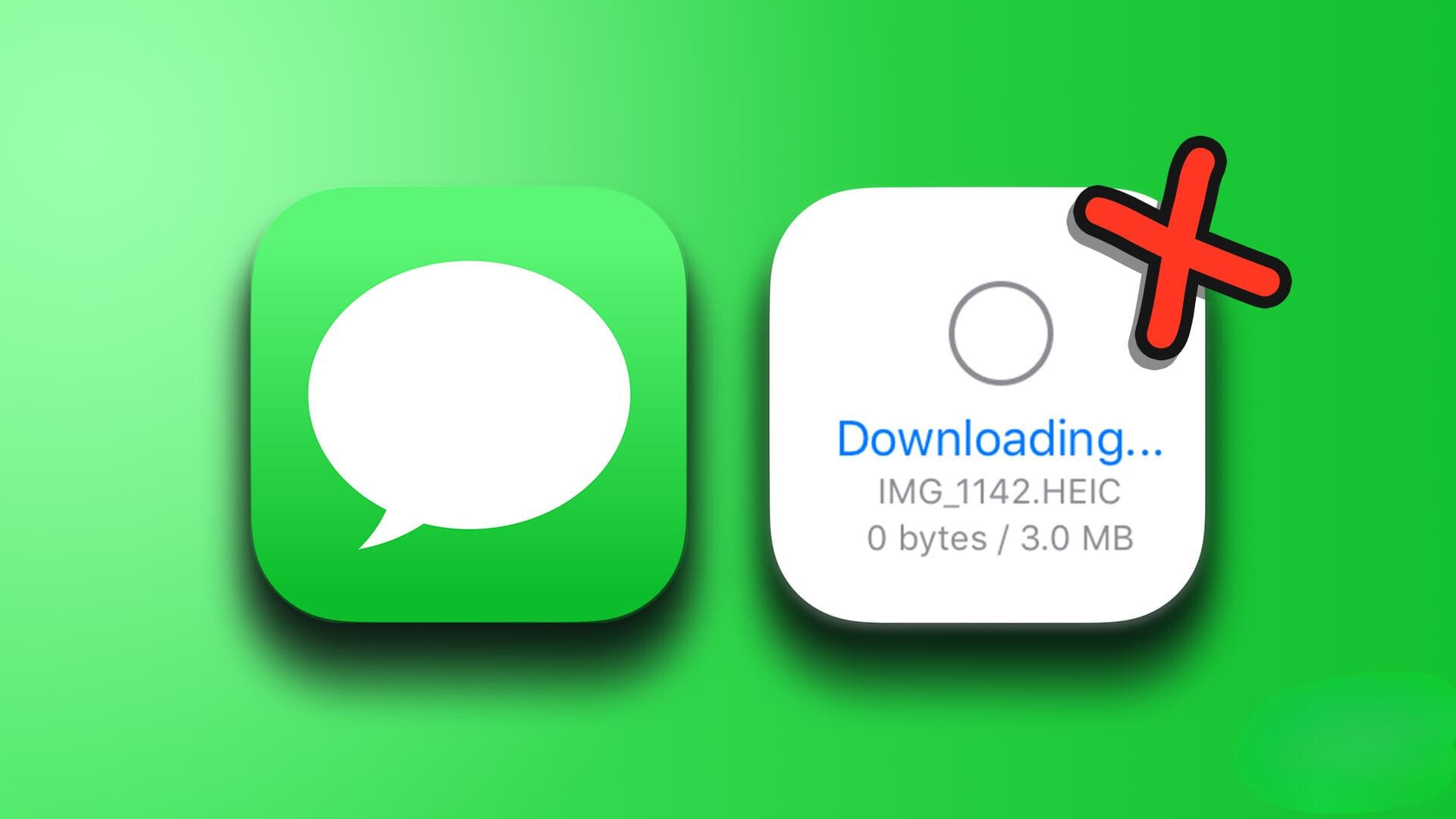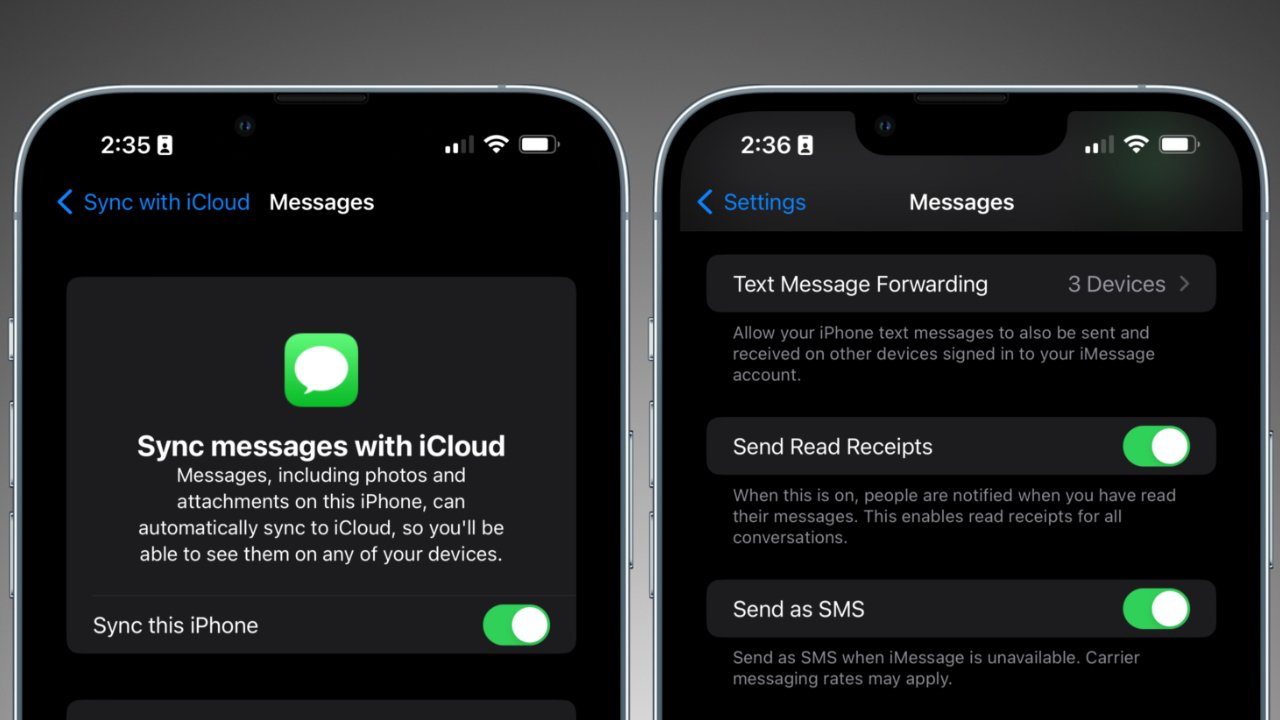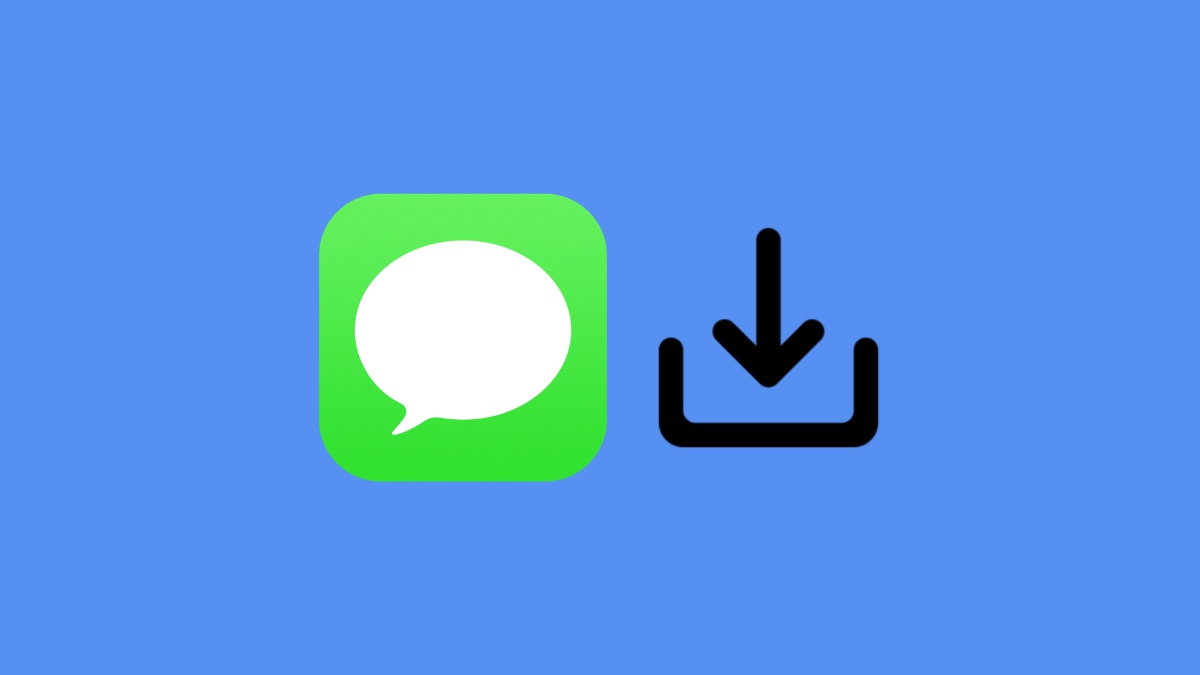Introduction
Welcome to our guide on how to download an iMessage conversation! Whether you want to save a memorable conversation for sentimental reasons or need to archive important messages for legal or personal purposes, this step-by-step tutorial will show you how to effortlessly download your iMessage conversations. By following these simple instructions, you’ll be able to access your messages even if you switch to a new device or accidentally delete them.
iMessage is an instant messaging service developed by Apple and is available on iPhone, iPad, and Mac devices. It allows users to send text messages, photos, videos, and more to other iOS users over Wi-Fi or cellular data. While iMessage conversations are usually stored on your device, it’s beneficial to have a backup copy in case of accidental deletion, device loss, or other unforeseen circumstances.
In this tutorial, we will walk you through the process of downloading an iMessage conversation from your iPhone or iPad to your computer. This allows for better organization, easy access, and the ability to view your messages in a different format. We will be using iExplorer, a powerful software that enables you to browse, export, and manage the files on your iOS devices.
Before we begin, please ensure that you have the latest software update on your iPhone or iPad. It’s crucial to have the most recent version to avoid any compatibility issues while using iExplorer. Additionally, make sure you have a backup of your device, either via iCloud or iTunes. Having a backup ensures that your data is safe and allows you to restore your device if anything goes wrong during the process.
Now that you have the necessary preparations in place, let’s dive into the step-by-step instructions to download an iMessage conversation!
Step 1: Update your iPhone or iPad
Before we can proceed with downloading an iMessage conversation, it’s important to ensure that your iPhone or iPad is running on the latest software update. Regularly updating your device not only provides you with the latest features and bug fixes but also helps maintain compatibility with other applications and software you may use.
Updating your iPhone or iPad is a straightforward process. Here’s how you can do it:
- Connect your device to a stable Wi-Fi network.
- Go to the “Settings” app on your device and tap on “General.”
- Scroll down and tap on “Software Update.”
- If an update is available, you will see a message indicating it. Tap on “Download and Install” to begin the update process.
- Agree to the terms and conditions, and your device will start downloading the update. Depending on the size of the update and your internet speed, this process might take a few minutes or longer.
- Once the update is downloaded, your device will automatically install it. Make sure to keep your device connected to a power source during the installation.
- After the installation is complete, your device will restart, and you’ll be running on the latest software update!
It’s important to note that updating your device will not affect your personal data, including your iMessage conversations. However, it’s always a good idea to back up your data before performing any software updates, just in case.
By keeping your device updated, you ensure that you have the latest features, security patches, and software enhancements. This will provide a seamless experience when using iExplorer to download your iMessage conversations in the following steps.
Step 2: Backup your iPhone or iPad
Before we embark on downloading an iMessage conversation, it’s crucial to create a backup of your iPhone or iPad. This ensures that your data is safe and can be easily restored if anything goes wrong during the process. By having a backup, you can have peace of mind knowing that your important information is secure.
There are two ways you can back up your device: using iCloud or using iTunes. Here’s how you can do it:
Backup using iCloud:
- Connect your device to a stable Wi-Fi network.
- Go to the “Settings” app on your device and tap on your name at the top of the screen.
- Tap on “iCloud” and then “iCloud Backup.”
- Make sure that the “iCloud Backup” toggle is turned on. If it’s not, toggle it on.
- Select the option to “Back Up Now.” Your device will start backing up to your iCloud storage.
- Make sure to keep your device connected to the Wi-Fi network and connected to a power source until the backup is complete.
This process might take some time, depending on the size of your data and the speed of your internet connection. Once the backup is complete, you can verify it by going to “Settings” > [Your Name] > “iCloud” > “iCloud Storage” > “Manage Storage.” You should see your device listed with the date and time of the backup.
Backup using iTunes:
- Connect your device to your computer using a USB cable.
- Open iTunes on your computer. If it doesn’t open automatically, you can launch it manually.
- Click on the device icon in the top-left corner of the iTunes window.
- In the Summary tab, under the “Backups” section, select the option to “This computer.”
- Click on “Back Up Now” to initiate the backup process.
- Wait for the backup to complete. You can verify the backup by going to iTunes Preferences > Devices. You should see your device listed with the date and time of the backup.
It’s important to periodically create backups of your device to ensure that you have the most recent version of your data. Once you have successfully backed up your iPhone or iPad, you can proceed to the next step, where we will install iExplorer on your computer.
Step 3: Install iExplorer on your computer
Now that you have updated your iPhone or iPad and created a backup of your device, it’s time to install iExplorer on your computer. iExplorer is a powerful software application that allows you to browse and manage the files on your iOS devices, including accessing and exporting your iMessage conversations.
Here’s how you can install iExplorer on your computer:
- Open your preferred web browser and go to the iExplorer website (www.iexplorer.com).
- Once you’re on the website, navigate to the “Downloads” or “Get iExplorer” section.
- Choose the version of iExplorer that is compatible with your computer’s operating system (Windows or Mac).
- Click on the “Download” button to start the download process.
- Once the download is complete, locate the installer file (usually in the “Downloads” folder) and double-click on it to run the installer.
- Follow the on-screen instructions to install iExplorer on your computer. Make sure to read and accept the terms of the license agreement.
- After the installation is complete, you can launch iExplorer on your computer.
It’s important to note that iExplorer offers a free trial version with limited functionality. If you find the software useful, you can consider purchasing a license to unlock all the features and enjoy a seamless experience.
With iExplorer installed on your computer, you’re now ready to connect your iPhone or iPad and begin exploring and exporting your iMessage conversations. In the next step, we will guide you on how to connect your device to your computer using iExplorer.
Step 4: Connect your iPhone or iPad to your computer
Now that iExplorer is installed on your computer, it’s time to connect your iPhone or iPad to establish a connection between your device and the software. Follow these steps to connect your device:
- Use a USB cable to connect your iPhone or iPad to your computer. Make sure the USB cable is in good condition and properly inserted into both the device and the computer’s USB port.
- If prompted on your iPhone or iPad, unlock your device and trust the computer. This is necessary for the computer to recognize and establish a secure connection with your device.
- Launch iExplorer on your computer. It should automatically detect your connected device. If not, click on the “Device” or “Connect” button within iExplorer to establish a connection manually.
Once your device is successfully connected, you will be able to see its name, model, storage capacity, and other relevant information within iExplorer. This indicates that iExplorer has recognized your device, and you’re ready to navigate through the files and access your iMessage conversations.
If you’re encountering any connectivity issues, make sure that you have the latest version of iTunes installed on your computer. iExplorer relies on the necessary drivers provided by iTunes to establish a successful connection with your device.
Now that your iPhone or iPad is connected to your computer through iExplorer, it’s time to move on to the next step, where we will guide you on how to navigate to the Messages folder within iExplorer.
Step 5: Open iExplorer and select your device
Now that your iPhone or iPad is connected to your computer through iExplorer, it’s time to open the software and select your device. Follow these steps to proceed:
- Launch iExplorer on your computer if it’s not already open. You should see the iExplorer interface with a sidebar and various options.
- In the sidebar, you will find a list of connected devices. Look for your iPhone or iPad’s name and click on it to select your device.
Once you’ve selected your device, iExplorer will load the contents of your device and display them within the program. You will be able to see various folders and files associated with your device, including apps, media, and more.
iExplorer provides a user-friendly interface that allows you to navigate through your device’s files effortlessly. You can click on different folders or categories in the sidebar to explore and access the specific data you’re interested in.
It’s important to note that iExplorer provides comprehensive access to your device’s files, including your iMessage conversations. By navigating to the appropriate folder, you’ll be able to locate and export the conversations you wish to download.
With iExplorer open and your device selected, you’re now ready to proceed to the next step, where we will guide you on how to navigate to the Messages folder within iExplorer.
Step 6: Navigate to the Messages folder
Now that you have selected your iPhone or iPad within iExplorer, it’s time to navigate to the Messages folder where your iMessage conversations are stored. Follow these steps to locate the Messages folder:
- In the iExplorer sidebar, you will see a list of folders and categories related to your device. Look for the folder labeled “Apps” or “Apps & Data” and click on it.
- Within the Apps folder, you will find a list of applications installed on your device. Locate and click on the “Messages” application to access its folder.
- Once you’re in the Messages folder, you will see various files and subfolders associated with your iMessage conversations. These files contain the text messages, attachments, and other data exchanged within each conversation.
iExplorer provides a convenient way to navigate through the Messages folder, allowing you to browse different conversations and their contents. You can click on individual conversation folders to view specific messages or attachments within them.
It’s important to note that the Messages folder may contain a large number of subfolders, depending on the number of conversations and their contents. Take your time to explore and locate the specific conversation you wish to download.
In the next step, we will guide you on how to export the iMessage conversation, once you’ve successfully located it within the Messages folder.
Step 7: Export the iMessage conversation
After navigating to the Messages folder within iExplorer and locating the specific iMessage conversation you want to download, it’s time to export it. Exporting the conversation allows you to save it as a file on your computer for future reference or archival purposes. Follow these steps to export your iMessage conversation:
- Within the Messages folder, locate the folder that corresponds to the specific conversation you want to export.
- Click on the conversation folder to open it and view its contents.
- Select all the files and folders within the conversation folder. You can do this by using the Ctrl or Command key along with the left-click to select multiple items.
- Once you’ve selected the desired files and folders, right-click on them and choose the “Export to Folder” or “Export Selected” option.
- Select the destination folder on your computer where you want to save the exported conversation. You can create a new folder specifically for the exported conversation or choose an existing folder.
- Click on the “Export” or “Save” button to initiate the export process. iExplorer will save the selected conversation files and folders to the specified location on your computer.
- Wait for the export process to complete. The duration may vary depending on the size of the conversation and the speed of your computer.
Once the export process is finished, you will have a copy of the selected iMessage conversation as a file or folder on your computer. You can now access and view the conversation whenever you want without the need for an active iPhone or iPad connection.
Repeat the above steps for any additional iMessage conversations you want to export, ensuring that you select and export the appropriate files and folders for each conversation.
Congratulations! You have successfully exported your iMessage conversation using iExplorer. Make sure to keep the exported files and folders in a safe location to preserve the conversation for as long as you need.
In the next section, we will provide a brief summary of the steps covered so far before concluding this guide.
Conclusion
Congratulations on successfully downloading your iMessage conversation! By following the step-by-step instructions in this guide, you have learned how to update your iPhone or iPad, backup your device, install iExplorer on your computer, connect your device to iExplorer, navigate to the Messages folder, and export the desired conversation. These steps have allowed you to preserve your important conversations and access them even if you switch to a new device or accidentally delete them.
Remember, keeping your device updated and creating regular backups are essential to ensuring a smooth and hassle-free experience. iExplorer serves as a powerful tool to manage and explore the files on your iPhone or iPad, providing easy access to your iMessage conversations.
Whether you want to save a conversation for sentimental reasons, store important information, or simply have a backup for peace of mind, iExplorer simplifies the process and gives you full control over your data.
We hope this guide has been helpful in assisting you with downloading your iMessage conversation. With the knowledge acquired, you can now navigate the world of iExplorer confidently and make the most of its capabilities.
Remember to explore other features of iExplorer that can further enhance your experience, such as managing media files, accessing app data, and transferring files between your iPhone or iPad and your computer.
Thank you for choosing iExplorer, and happy exploring!







